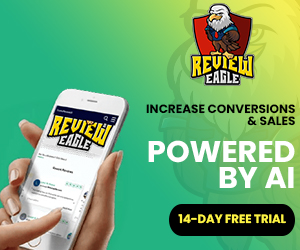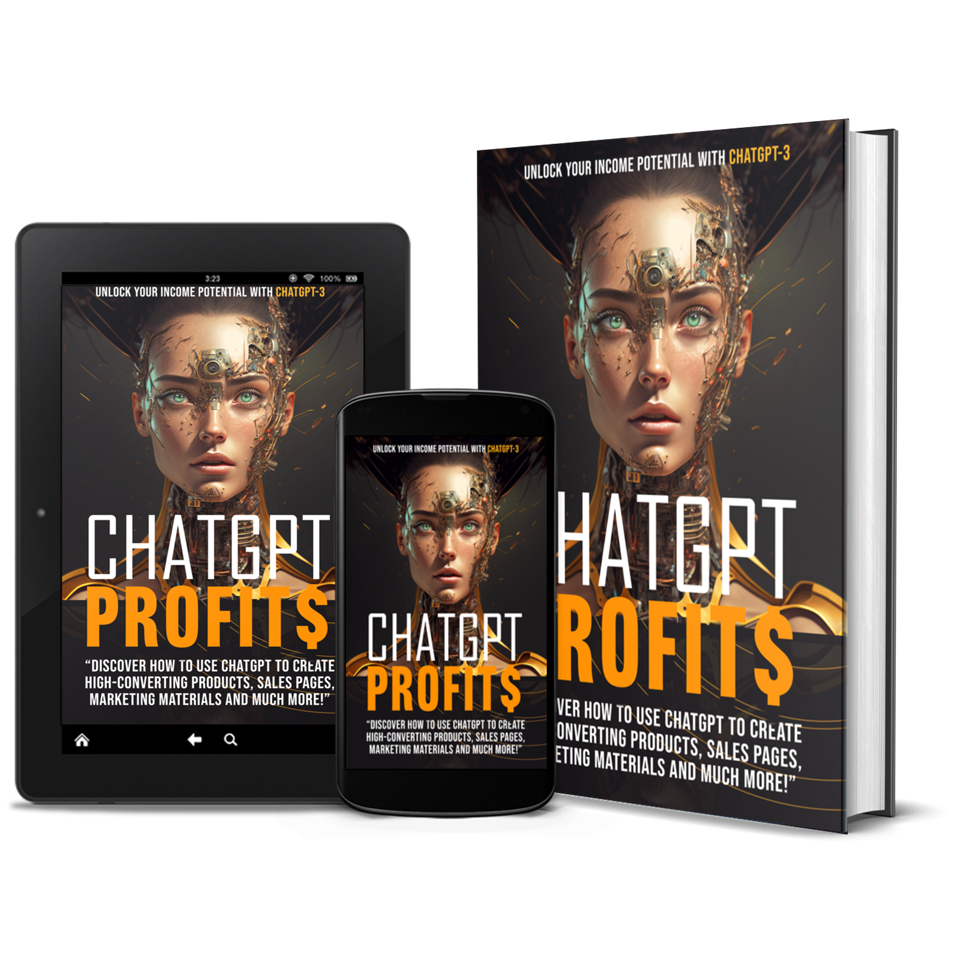One thing remains constant: the need to generate sales and increase conversions. With countless marketing strategies vying for attention, it’s easy to get overwhelmed and unsure of where to focus your efforts. But fear not, because we have the ultimate guide that will put you on the path to success.
Today, we’re diving deep into the world of sales funnels – those powerful and often misunderstood tools that can revolutionize your sales process and skyrocket your conversions. But what exactly are sales funnels? Imagine a well-designed journey, carefully planned to guide your potential customers through each stage of the buying process. It starts with awareness, where you strive to capture their attention and pique their interest in your product or service. Then, it seamlessly transitions into interest, where you nurture that initial curiosity and help them understand why your offer is the perfect solution for their needs. The next step is decision, where you present an irresistible offer and address any objections they may have.
Finally, the journey concludes with action, where they happily make a purchase and become a loyal customer. Now, you might be wondering how exactly sales funnels can maximize your conversions. That’s where the magic happens! By carefully crafting each step of the funnel and optimizing it for maximum impact, you can guide your potential customers towards the desired action with ease. You can strategically address their pain points and objections, building trust and credibility along the way. Through targeted messaging, compelling offers, and strategic automation, you can create a seamless and persuasive experience that leaves your audience eager to take the next step. But before we dive into the nitty-gritty details, let’s debunk some common misconceptions about sales funnels. Contrary to popular belief, sales funnels are not just for big corporations or tech-savvy entrepreneurs. They’re for everyone – from small businesses to solopreneurs – who wants to boost their sales and increase their conversions.
With the right guidance and a sprinkle of creativity, you can leverage the power of sales funnels to transform your business. In this comprehensive guide, we’ll break down the key components of sales funnels, explore different types of funnels, and provide practical tips and strategies for maximizing your conversions. Whether you’re a seasoned marketer looking for fresh ideas or a newbie trying to navigate the complex world of online business, this guide will equip you with everything you need to know to master the art of sales funnels. So grab a cup of coffee, buckle up, and get ready to revolutionize your sales process and watch those conversion rates soar. Are you ready to take your business to the next level? Let’s dive in!
The Fundamentals of Sales Funnels
Before we delve into the intricacies of sales funnels, it’s important to understand the fundamentals. At its core, a sales funnel is a visual representation of the customer journey. It outlines the steps a potential customer takes from initial awareness to making a purchase decision. By mapping out this journey, you can identify areas for improvement and optimize each stage to maximize conversions.
The first stage of the sales funnel is awareness. This is where you capture your audience’s attention and introduce them to your brand or product. It could be through social media ads, blog posts, or search engine optimization. The goal here is to create interest and generate leads.
Once you have their attention, it’s time to nurture that interest in the second stage of the funnel: interest. This is where you provide valuable content, educate your audience about your product or service, and build trust. You can do this through email marketing campaigns, webinars, or free resources that showcase your expertise.
The third stage of the funnel is decision-making. Here, you present an irresistible offer that addresses your potential customers’ pain points and objections. This could be a limited-time discount, a free trial period, or a money-back guarantee. The key is to remove any barriers that may prevent them from making a purchase.
Finally, we have the action stage of the funnel. This is where your potential customers become paying customers by making a purchase or signing up for your service. It’s crucial to make this process as seamless as possible by providing clear instructions and ensuring a smooth checkout experience.
Understanding the Customer Journey
To create an effective sales funnel, it’s essential to understand your customer’s journey from start to finish. Put yourself in their shoes and think about their pain points, motivations, and decision-making process. By understanding their needs and desires, you can tailor your messaging and offers to resonate with them on a deeper level.
Start by identifying the different touchpoints your potential customers may encounter before making a purchase. This could include social media platforms, search engines, or word-of-mouth referrals. Then, analyze how they move from one stage of the funnel to the next. Are there any common patterns or roadblocks that hinder their progress?
By gaining insights into your customer’s journey, you can optimize each stage of the funnel to address their specific needs and concerns. This will not only increase conversions but also foster long-term customer loyalty.
Crafting Irresistible Offers
An irresistible offer is the heart and soul of a successful sales funnel. It’s what sets you apart from your competitors and compels potential customers to take action. To create an offer that converts, consider the following:
1. Understand your target audience: What are their pain points? What solutions are they looking for? Tailor your offer to meet their specific needs.
2. Highlight the value: Clearly communicate the benefits of your product or service. How will it improve their lives or solve their problems?
3. Create urgency: Limited-time offers or exclusive bonuses can create a sense of urgency and encourage immediate action.
4. Address objections: Anticipate any concerns or doubts potential customers may have and provide reassurance through testimonials, case studies, or money-back guarantees.
5. Test and iterate: Continuously test different offers to see what resonates best with your audience. Analyze data and make adjustments accordingly.
Overcoming Objections and Building Trust
In any sales process, objections are bound to arise. It’s crucial to address these objections head-on and build trust with your potential customers. Here are some strategies to overcome objections and foster trust:
1. Anticipate objections: Put yourself in your customer’s shoes and identify potential concerns or doubts they may have about your product or service.
2. Provide social proof: Testimonials, case studies, and reviews from satisfied customers can help alleviate doubts and build credibility.
3. Offer guarantees: Money-back guarantees or free trials can remove the risk for potential customers, making it easier for them to make a purchase decision.
4. Be transparent: Clearly communicate pricing, terms, and conditions to avoid any surprises or misunderstandings.
5. Provide exceptional customer service: Promptly address any questions or concerns that arise during the buying process to show your commitment to customer satisfaction.
Targeted Messaging and Personalization
In today’s digital age, generic marketing messages no longer cut it. To stand out from the crowd and connect with your audience on a deeper level, you need targeted messaging and personalization.
Start by segmenting your audience based on demographics, interests, or past purchase behavior. This allows you to tailor your messaging to each specific group’s needs and preferences. Use personalized email marketing campaigns, dynamic website content, or targeted ads to deliver the right message at the right time.
Personalization goes beyond just using someone’s name in an email; it’s about understanding their unique challenges and aspirations. By showing that you understand their needs and can provide a solution tailored specifically for them, you’ll create a stronger connection that leads to higher conversions.
Automation and Segmentation
To scale your sales funnel effectively, automation is key. Automation allows you to streamline repetitive tasks, nurture leads, and deliver personalized content at scale.
Start by implementing an email marketing automation platform that allows you to segment your audience and send targeted messages based on their behavior or interests. This ensures that each potential customer receives the most relevant content and offers, increasing the chances of conversion.
Automation also enables you to track and analyze data, providing valuable insights into your funnel’s performance. By monitoring key metrics such as click-through rates, conversion rates, and customer lifetime value, you can identify areas for improvement and make data-driven decisions to optimize your funnel.
Analyzing and Optimizing Your Funnel
An effective sales funnel is a continuous work in progress. To maximize conversions, it’s crucial to regularly analyze and optimize your funnel based on data-driven insights.
Start by setting up tracking tools such as Google Analytics or heat mapping software to monitor user behavior throughout the funnel. This will help you identify any bottlenecks or areas where potential customers drop off.
Use A/B testing to experiment with different elements of your funnel, such as headlines, call-to-action buttons, or pricing strategies. Analyze the results and make adjustments accordingly.
Remember that optimization is an ongoing process. Keep a close eye on key metrics and continuously iterate on your funnel to ensure it’s performing at its best.
Different Types of Sales Funnels
Sales funnels come in various shapes and sizes, depending on your business goals and target audience. Here are some common types of sales funnels:
1. Lead Generation Funnel: Designed to capture leads by offering valuable content in exchange for contact information.
2. Webinar Funnel: Used to promote webinars or online events where you can showcase your expertise and make an offer at the end.
3. Product Launch Funnel: Specifically designed to generate buzz and excitement around a new product or service.
4. Tripwire Funnel: Offers a low-priced, high-value product to convert leads into paying customers and upsell them later.
5. Membership Funnel: Designed to attract recurring revenue by offering exclusive content or services through a membership program.
Practical Tips for Maximizing Conversions
To wrap up our guide, here are some practical tips for maximizing conversions with sales funnels:
1. Continuously test and optimize your funnel based on data-driven insights.
2. Provide exceptional customer service to build trust and loyalty.
3. Use targeted messaging and personalization to connect with your audience on a deeper level.
4. Address objections head-on and provide social proof to alleviate doubts.
5. Leverage automation to streamline repetitive tasks and deliver personalized content at scale.
Conclusion: Transforming Your Business with Sales Funnels
Sales funnels are powerful tools that can transform your business by maximizing conversions and increasing sales. By understanding the fundamentals of sales funnels, crafting irresistible offers, overcoming objections, targeting messaging, leveraging automation, analyzing data, exploring different types of funnels, and implementing practical tips for maximizing conversions, you’ll be well-equipped to take your business to the next level.Remember that implementing an effective sales funnel takes time and experimentation. Don’t be afraid to test different strategies, analyze results, and make adjustments along the way. With dedication and perseverance, you’ll soon see the impact of sales funnels on your bottom line.So what are you waiting for? Start implementing these strategies today and watch as your conversions soar!









